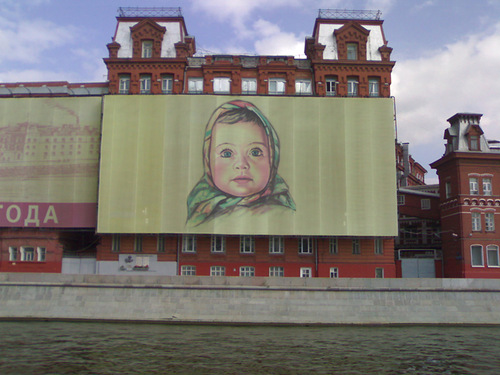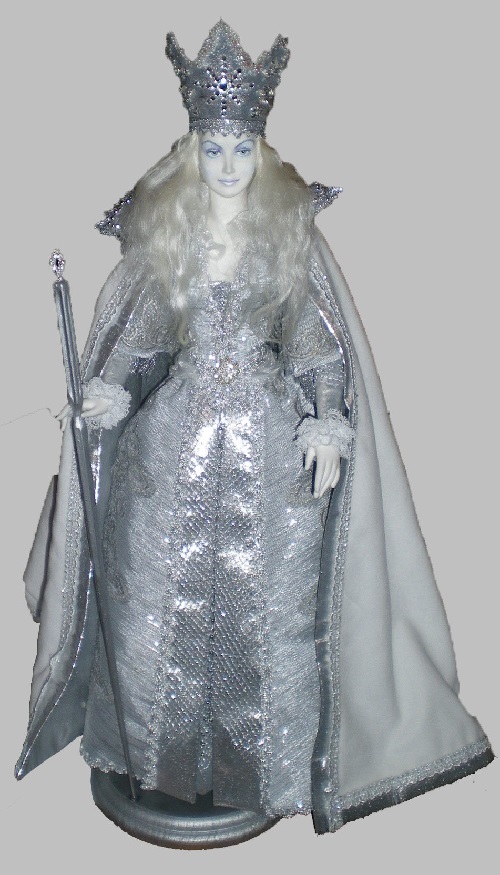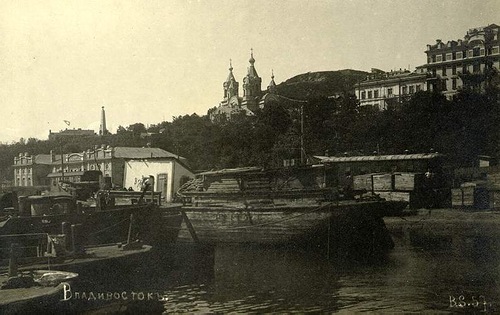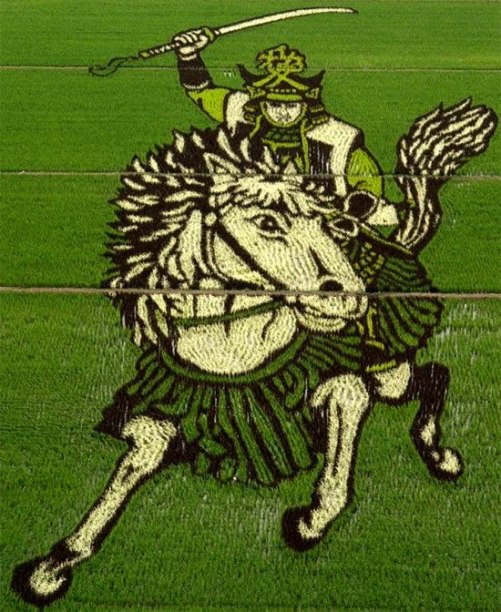The wave of Esperanto 125 years of history
The wave of Esperanto 125 years of history.
First of all, “The wave of Esperanto” was the name of the pre-revolutionary Russian society magazine Esperanto. Editorial placed in a house in Lubyanskiy Passage, near the Polytechnic Museum, Moscow. Esperanto club had a portrait of Dr. Zamenhof, Warsaw Ophthalmologist, creator of the artificial language, whose own mother tongue was Russian. Meanwhile, about 10 years ago, a philatelist from Moscow reported about his collection of labels, stickers and brands of Esperanto of early 20th century.
According to Zamenhof, the primary reason for hatred between peoples – their inability to understand each other languages. In fact, he began constructing a new language, when he was a schoolboy of 15. Besides, he believed that it could serve the cause of peace and understanding in the whole world. However, dead languages are too difficult, and impossible to become an international language. That’s why the young man began creating Esperanto. And his first book he published under the pseudonym of Dr. Esperanto, which means a person who hopes.
Firstly, Esperanto has the roots of many spoken languages and easy to learn. By the way, Leo Tolstoy and Herbert Wells were among its supporters. There were Esperanto classes in many cities of the Soviet Union and in other countries. Besides, took place Congresses of Esperantists, annually. For example, in August 1966 a large International Congress of Esperantists took place in Budapest. Part of the Congress was the Children’s Little Congress (the Infano Kongresseto, in Esperanto).
In 1887, appeared his first international language textbook in Russia under the pseudonym “Doktoro Esperanto,” which meant “Doctor who hopes” in his created language. Esperantists know this book (those who speak Esperanto) as the Unua Libro or the “first book.” In addition, over the next few years several editions were published in English, Hebrew, German, Polish, and French.
Due to the catchy pseudonym that Zamenhof used, the language became known as Esperanto. Zamenhof’s goal was to create an easily learned and politically neutral second language for the purpose of uniting the people of the world. Unfortunately for Esperantists, at the same time with spreading Esperanto, English was increasingly becoming the new Lingua Franca. In fact, it has largely fulfilled Zamenhof’s goal of creating an international second language. However, Esperanto is five times easier to learn than other existing languages.
The wave of Esperanto facts
There were green stars of various sizes with the letter «E» in the center, and repeated calls to learn Esperanto and to speak it.
Some labels are quite simple and naive in style, printed in one color.
For Esperanto books (now published more than 30,000) someone wrote bookplates. Twist line of modern ornament, grown flowers with long stems and large petals.
The World Congress of Esperanto has the longest tradition among international Esperanto conventions. The congresses, held since 1905 every year, except during World Wars I and II. Universal Esperanto Association has been organizing these congresses since the 1920s. The average number of represented countries is about 60. Besides, the World Congress usually takes place in the last week of July or first week of August, beginning and ending on a Saturday (8 days in total).
Until 1980, meetings were held in Europe and the United States, with the exception of Japan in 1965. Since then, added other countries, such as Brazil, Canada, China, Cuba, S. Korea, Australia, Israel and Vietnam.
This book talks about the pioneers of Esperanto movement. And it is a very valuable book. Unfortunately, the Esperanto movement in Europe was almost destroyed twice, but later reborn again with new people. Even though these people have made a great contribution to the development of language and the formation of its standards, but today the names of the people pictured on the cover are lost …
First Conference of Esperanto, took place in France in 1905, and became annual, except for the years of World Wars. Zamenhof in a bid to encourage its use, released his control over Esperanto and allowed the Esperanto community to dictate its development. Thus, were created Symbols of Esperanto, such as a flag – a green star on a white canton imposed on a green field. Besides, Esperantists often use the green star by itself or with with a letter “E” superimposed on the star.
However, the Language was not designed to re-close the known languages. It consisted from elements of Roman languages - from the roots of verbs. Here were their suffixes and prefixes. In its sonority it resembles Spanish, and for writing the individual words – French. The only difference is in written Esperanto all letters are read. Each letter has its own sound.
The wave of Esperanto
- Mosaics L. L. Zamenhof. Italy. The wave of Esperanto-125 years of history
- International language for Europe
- Drawing on Esperanto
- Two million reasons to learn Esperanto
- Learn Esperanto
- Conquering world Esperanto
- now mazi is speaking esperanto
- the call to learn and use esperanto
- Use Esperanto!
- Poster 1931 in Spanish dedicated to the Spanish Republic
- Linking people
- 1927 USSR 40 years of Esperanto. Zamenhof. Postage stamps of the USSR. 1927
- Postcard
- Monuments to Esperanto inventor Dr. Zamenhof
- Collective photo next to the monument
- Different monuments to Esperanto inventor Dr. Zamenhof
- Universal language in coins
- Busts and monuments to Esperanto inventor Dr. Zamenhof
- Gift from Esperanto lovers to Temple of the Virgin Mary in Nazareth
- Old photo Dr. Zamenhof, creator of the artificial language
- Drawing. Dr. Zamenhof, creator of the artificial language
- Yekaterinburg (Russia) Esperantists celebrate 125 years Esperanto
- Copenhagen, 2011. grand closing. Information center 96 ‘th Congress
- Demonstration of french activists against language discrimination in the European Union and for the introduction of Esperanto as a neutral language. 2004
- Moscow, 1984
- Ukraine, 1932
- The Great Joint Congress of the British and Irish Esperanto Associations, 1969. Photograph: Guardian
- Inventor of the artificial language
- Labels. The wave of Esperanto 125 years of history
- Special stickers were produced to Esperanto Congresses – in Spain, Belgium and Germany
- The World Congress of Esperanto
- Symbolics
- The green star of Esperanto
- Almanacs and leaflets
- Stamps and stickers
- March of Congress participants
- Postage stamps
sources:
my scanned images
fan clubs:
vk.com/priesperanto















































